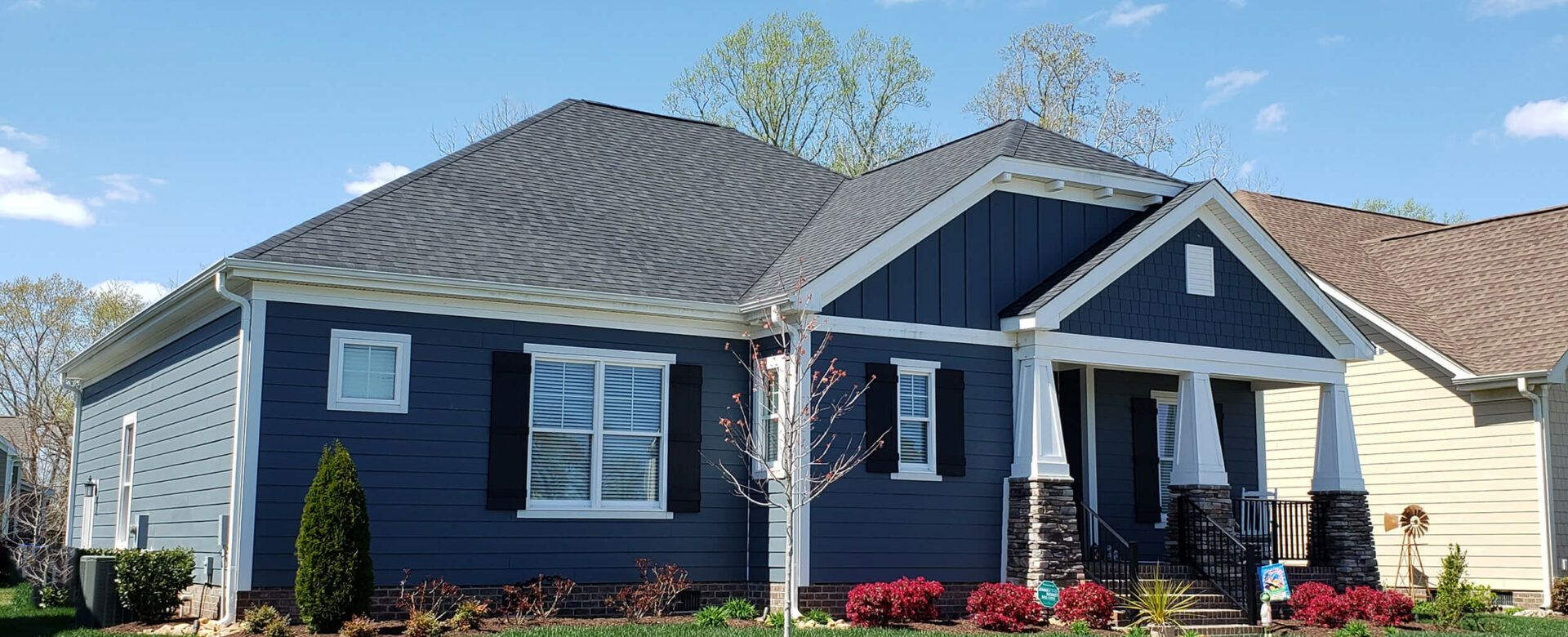Reroofing your home is a major investment, and it’s not always one you were expecting or planning for. This can make it difficult to pay for a roof replacement out of pocket. So how are you supposed to fund a new roof without draining your bank account? Here are a few options that may be available to you.
Insurance Claims
If your roof was damaged during a storm or other catastrophic event, the replacement of it, or the repair costs, may be covered by your homeowners’ insurance. The amount that may be paid out and the process through which you receive this money is different from policy to policy. It’s a good idea to review your homeowners’ policy every year or so to make sure it is still providing the coverage you believe your home may need. For instance, in areas like Hampton Roads, it’s a good idea to make sure you have hurricane, high wind and flood coverage in your policy.
At Andrews Roofing, we work closely with our clients who are going through an insurance claim for roof repair or replacement, providing any necessary paperwork or information they may need to ensure their claims are accurate and paid accordingly.
Home Improvement Financing
If you are replacing your roof because your current roof has reached the end of its life span, you can expect to be paying for it in full on your own. This can be daunting, as new roofs are one of the largest home improvement investments you may make. Fortunately, there are home improvement financing options available. At Andrews Roofing, we work with GreenSky® financing, which offers a variety of different financing options to consumers. They offer financing up to 120 months with fixed rates as low as 9.99%. They also offer 12 month no interest, no payments options for those who qualify.
Applications may be done online quickly and easily, and once you are approved you are provided with a 16-digit account number, which you can then use like a credit card to make payments for the work being done. You have four months after you are approved to make your qualified purchases to the approved merchant, so it’s best to wait to apply until the project is ready to begin.
Home Equity Loan
Depending on the amount of equity you have in your home, another financing option may be to go through a bank or credit union for a home equity loan. The housing market and interest rates are in a great place for homeowners to take advantage of the equity they have in their home in order to make improvements on it. If you know your roof is reaching the end of its lifespan, you may consider taking out a home equity loan to replace it before there are leaks that may cause damage to the interior of your home.
A new roof can also increase your home’s value and make it more appealing to potential buyers if you’re considering moving any time soon. Home equity loans generally do not have strict rules about how long you have to use the money or what exactly it needs to be used for, so if you’re considering doing multiple projects around your house, or you just aren’t sure when you want to begin the work, a home equity loan may be a more flexible option for you.
Manufacturer Warranties
Most material manufacturers have a warranty of some length on their products, provided they are installed correctly by a licensed contractor. If your roof is still within its expected lifespan and warranty period, but you have experienced leaks or other damage, the repairs or replacement may be covered by your warranty. Even if you didn’t have the roof installed yourself, there may still be a transferred warranty from the person who did have it installed.
The best way to determine if the damage or leaks you’re experiencing are caused by the materials is to have a licensed roofing contractor come and inspect your roof. In addition to identifying the cause of the damage, they can also identify the materials that were used so that you can reach out to the manufacturer about a potential warranty. Keep in mind, however, that you will likely need to provide some sort of proof of the installation being completed by a qualified contractor and paperwork showing that the materials were purchased for that purpose.
We Can Help
At Andrews Roofing, we are happy to work alongside customers using a variety of methods of payment for their roof repair or replacement. Whether you’re paying out of pocket, filing an insurance claim or applying for some type of financing, we will help guide you through the process while providing excellent workmanship and products. All of our work is guaranteed, and we use some of the best materials on the market, all of which provide their own manufacturer’s warranty. Contact us today to get started.

